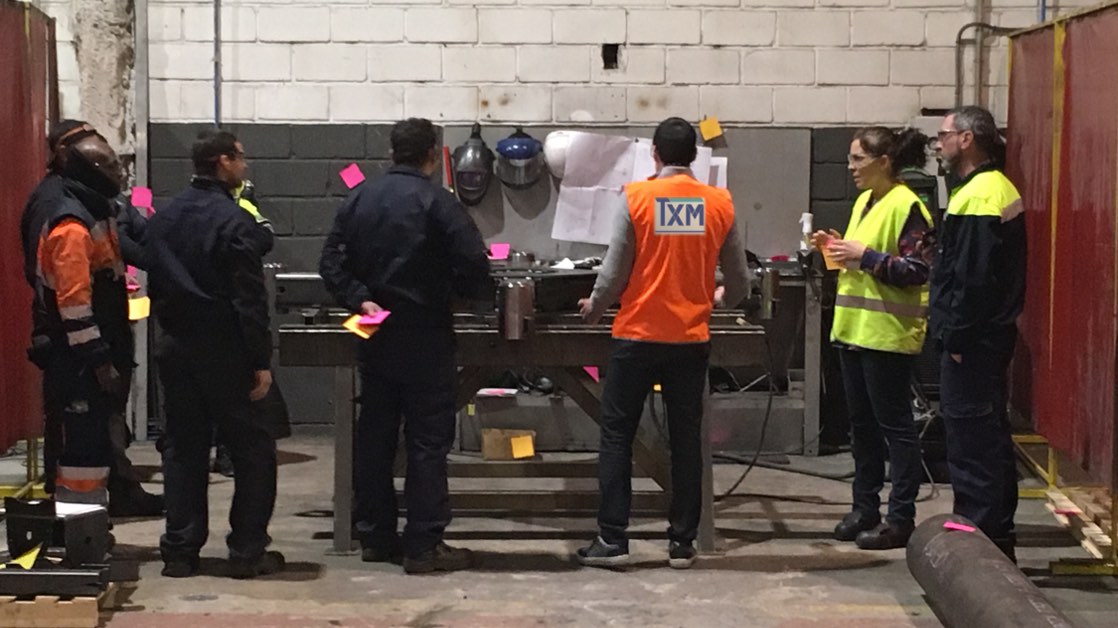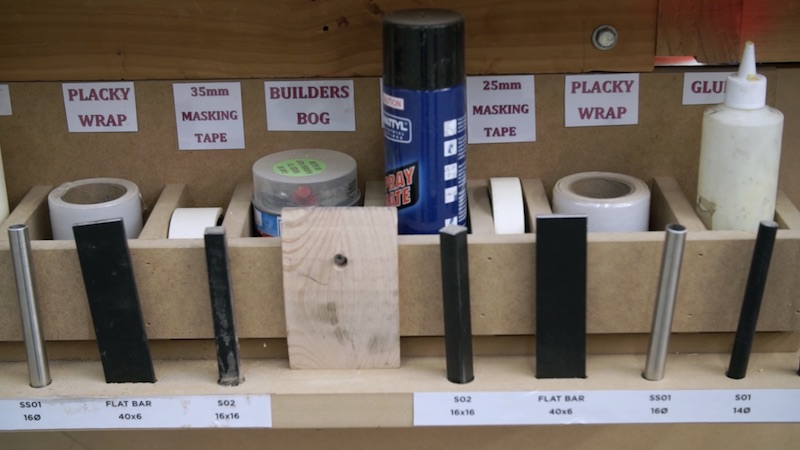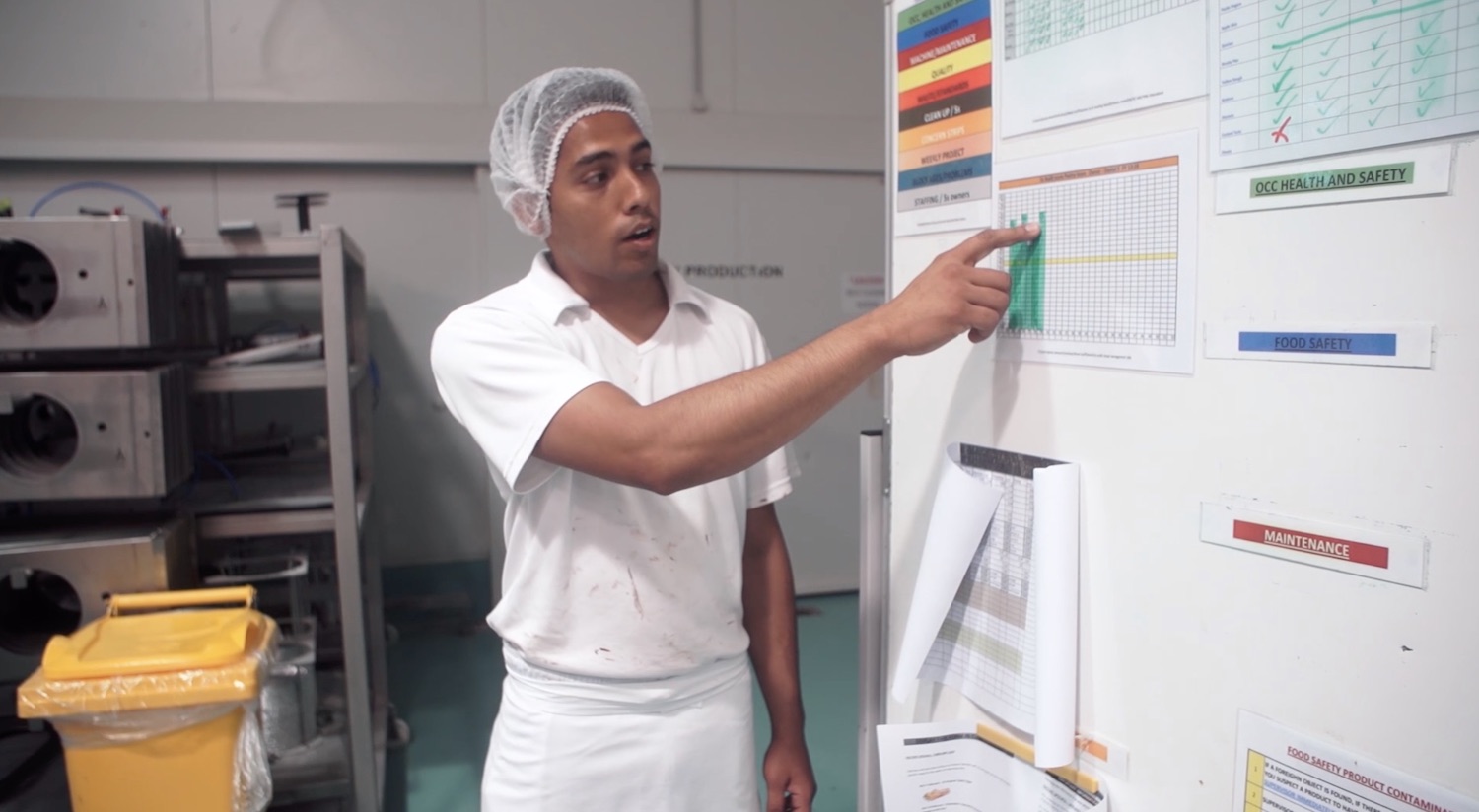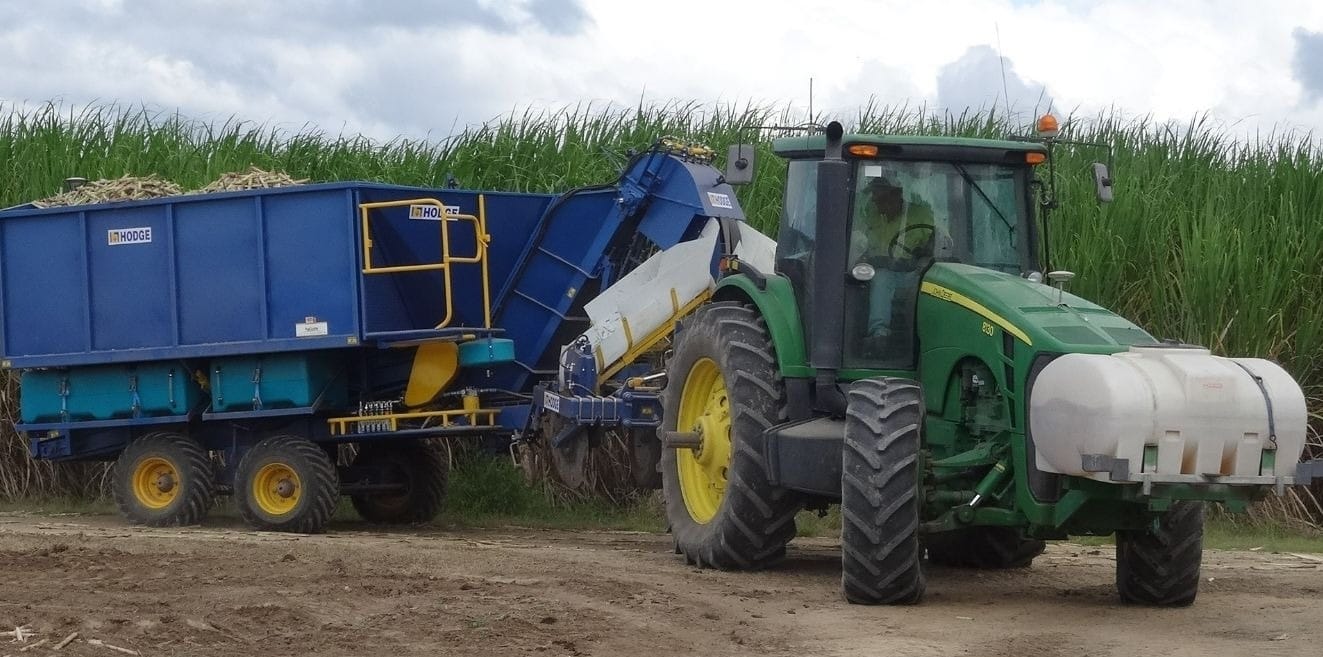Running Out of Factory Space? – Five Places to Find More

One of the most expensive and risky projects that your business will make is relocating its manufacturing operations. Not only that, moving to a bigger factory will add costs to your business in the form of increased rent or building ownership costs. Therefore, moving factories is something you only want to do if you really need to.
Unfortunately, we often see businesses that incur the cost and difficulty of moving when, with a bit of clever thinking, they could have created more space in their existing factory and made it last another year or two.
So, before you push the button on that new factory project, try these simple ways to create more space:
1. Do A Big “Sort”

The first “S” in 5S is “sort” this means looking at everything in your workplace and deciding whether it needs to be there. In creating space, it is the most obvious place to start. Get rid of obsolete stock, obsolete machines, old office archives and obsolete tools and equipment. Many businesses end up with a rented “overflow” warehouse.
A good tip I got from Japanese Lean experts many years ago was to use the “overflow” warehouse for all your slow moving and obsolete stock and equipment. It seems counter-intuitive to pay rent for storing this kind of thing. However, it has two key benefits.
Firstly, it tends to focus the mind of management when they see the bill for external storage every month knowing that what they are storing will probably never be sold or used. Secondly, because the obsolete stock rarely moves, you don’t end up with much cost for transport between warehouses. Even better though, is to simply get rid of obsolete stock and equipment.
2. Analyse and Reduce Inventory
When we are asked to do a new warehouse layout, the first question I always ask is “What is all this stuff and why do we have so much of it?”. Your inventory is the direct result of how you manage your supply chains. Factors like how you set safety stock, supply lead times and order quantities have a direct impact on how much stock you need to hold.
By analysing your stock health with a “Plan for Every Part” you can identify which items have excessive and how you can change your supply chain settings to reduce stock and create space.
3. Challenge the Use of Forklifts and Cranes
When I visit many factories, I am surprised by how much space is allocated for “roads” for forklifts. Often managers just assume that forklifts are the best way to move their products around a site. However forklifts are often “waste machines” requiring large turning circles, wide lanes and lots of non-value-added time palletising products, retrieving the forklift, picking up, moving and laying down stock and then depalletizing it.
Hand trolleys and roller conveyors can often eliminate much of that handling, are safer and take up much less space. Try drawing a spaghetti flow map, tracking the forklift movements around your site. You will be amazed how much distance they cover and how much factory and warehouse space is simply reserved as “roads” for forklifts.
Likewise, overhead cranes are expensive, take time and special skills to rig and de-rig and need large clear areas for product to be moved. Instead consider moving product on skids or using smaller, purpose built, local jib cranes if product needs to be lifted safely at a workstation.
4. Create Level Production
It is not unusual for 50% or more of a factory’s floor space to be filled with work in progress. This is often caused by a lack of unbalanced processes. In many processes such as printing, paper packaging, metal fabrication and joinery, upstream manufacturing processes are automated and have a high output. Downstream processes such as packaging, assembly and finishing are often manual and have lower output.
The big upstream machines usually are run to maximise throughput and minimise downtime. This leads to big buildups of work in progress behind the slower processes. In any process the required output equals the average rate of customer demand or takt time. If any process produces at a faster rate than takt time this will lead to over production in the form of a build-up of work in progress. Controlling the output of each process to match takt time will reduce or eliminate the WIP build up to the minimum needed to allow for process-to-process variation.
5. Reduce Batch Sizes
Another practice which leads to excessive work in progress is excessively big batches. Large inflexible machines with long set ups can often drive big batch sizes. However, often they are simply the result of historical custom and practice and can be easily reduced. Halving batch sizes will not only reduce work in progress inventory, but will also significantly reduce lead time, enabling you to reduce finished goods stock, while offering more flexible service to customers. Even if long set up times and set up waste are an issue, then the proven single minute exchange of die process can dramatically reduce setup times.
The ultimate aim of batch size reduction is to achieve one piece flow, when your batch size equals one product. In one piece flow, the products flow from one process to the next one at a time, with no work in progress between steps. To achieve this, the processes need to be balanced to takt time (see level production above). However, when you achieve level production the result will often be a dramatic reduction of manufacturing footprint and lead time.
Creating A Lean Facility Layout
Whether or not you are planning to move to a new site, there is huge benefit to be gained by designing a Lean Facility Layout. The TXM process allows you to develop an “ideal” layout so you can compare what can be achieved at your existing premises with the benefits of a new site. We also find that the layouts we develop need at least 30% less space than the customers thought they needed.
This can save thousands of square metres of space and hundreds of thousands of building costs. As well a smaller foot print usually means less walking for staff and less transport of materials, reducing non-value-added time and increasing productivity and, of course, less inventory means more capital to invest in growth.







